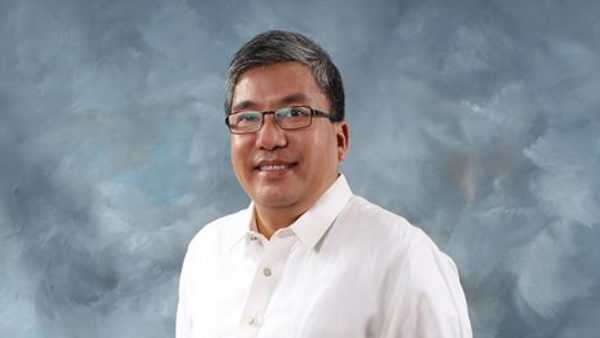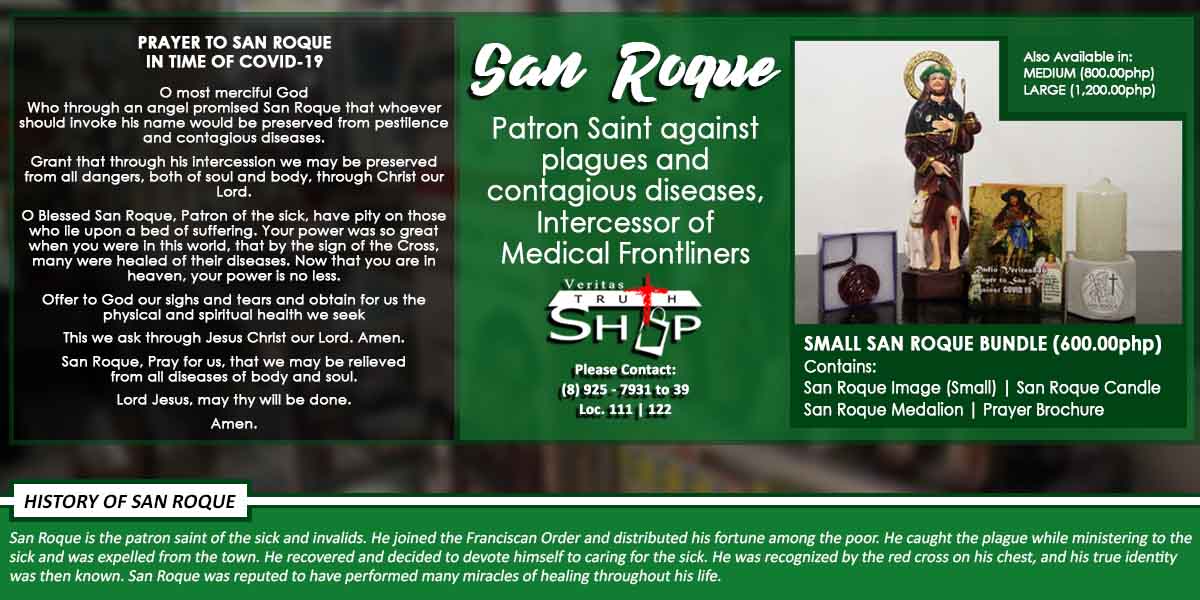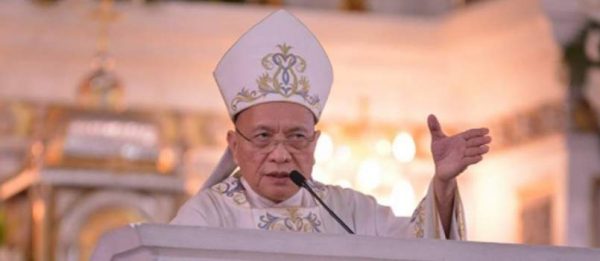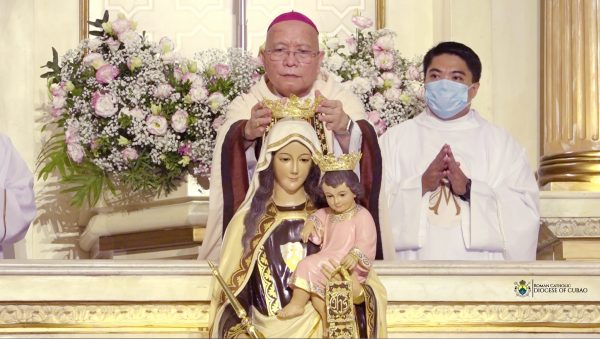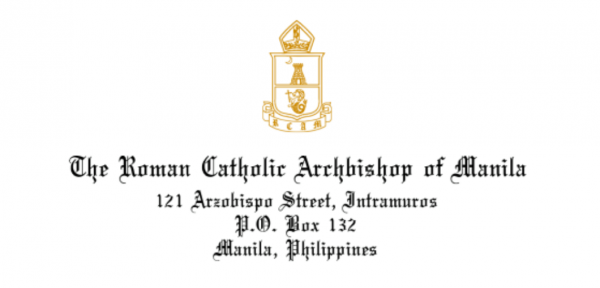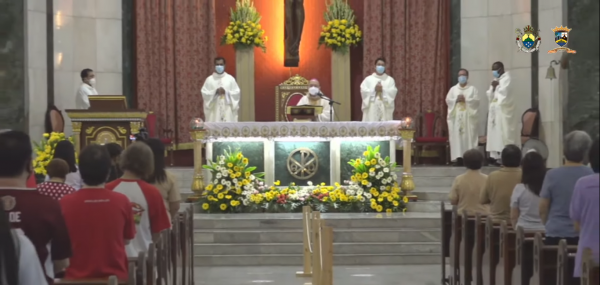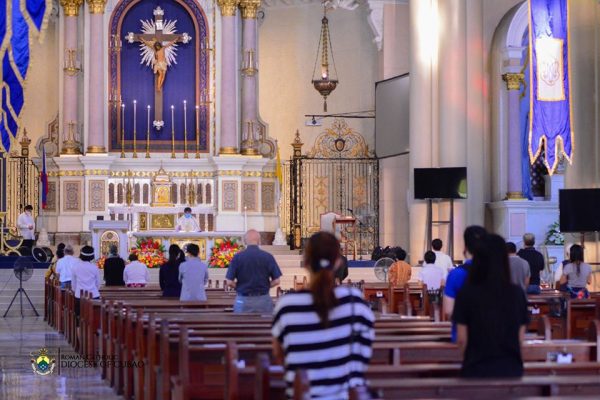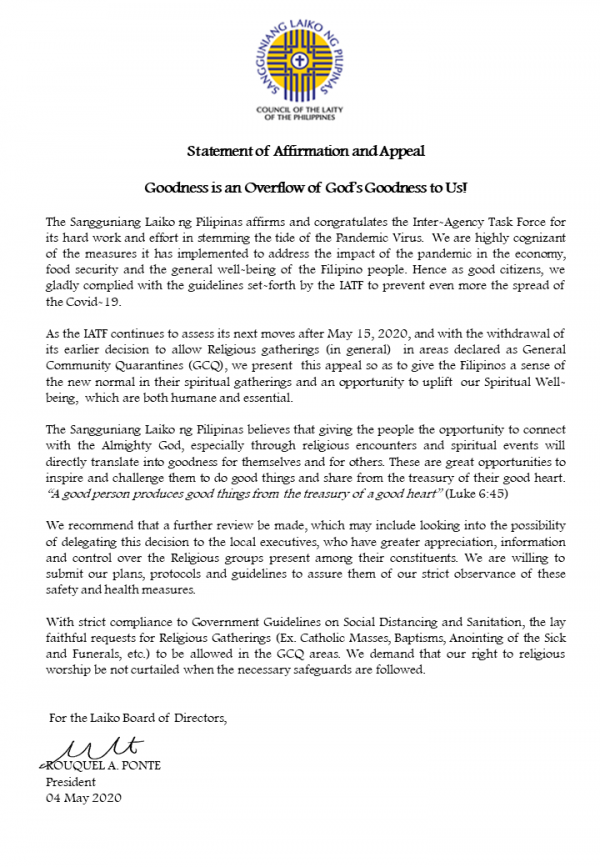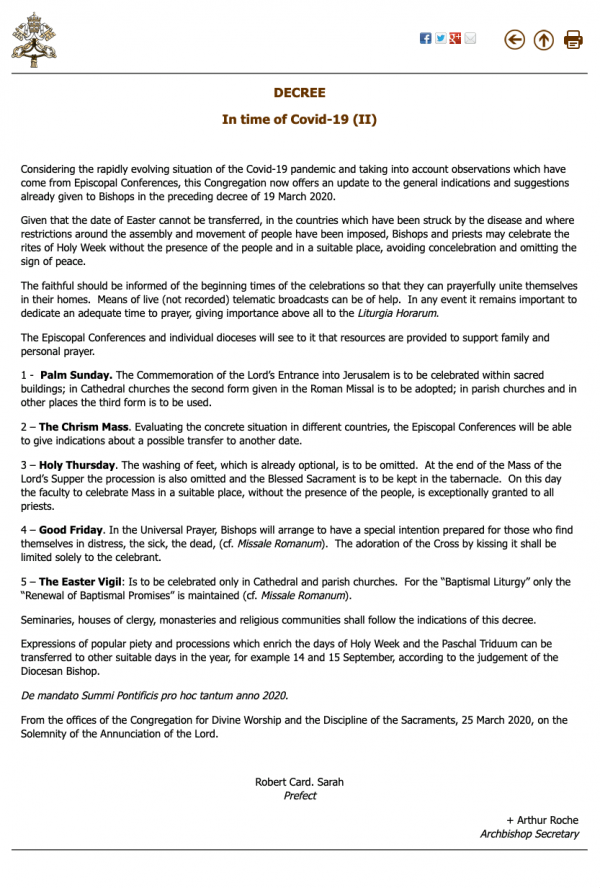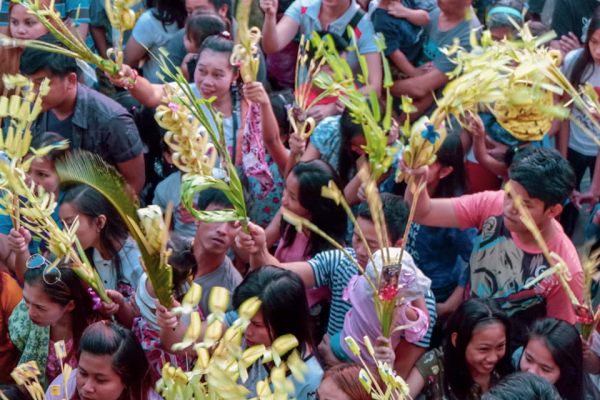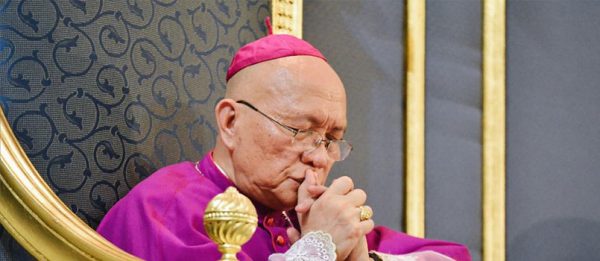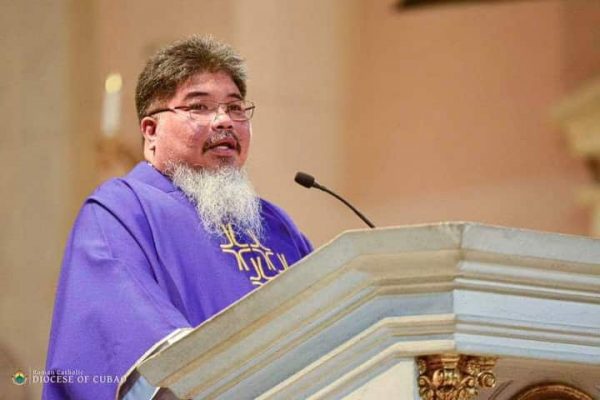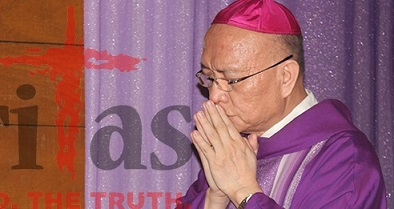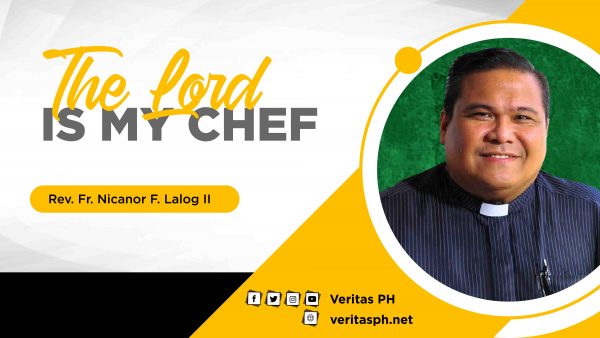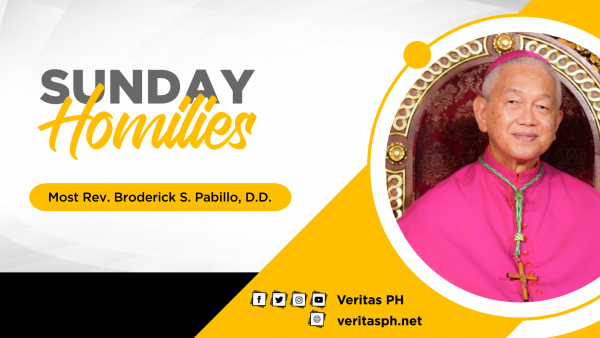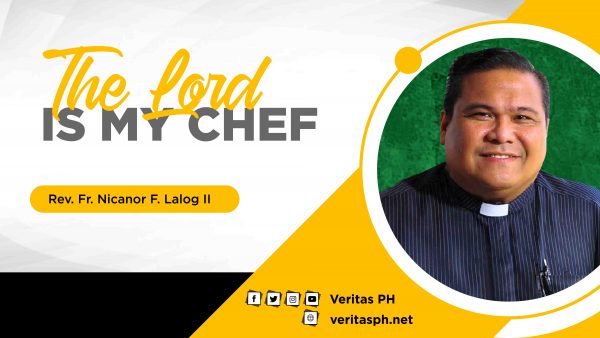184 total views
Mass on the Occasion of the Visit of
the Relic of the Heart of St. Padre Pio
National Shrine of St. Padre Pio
Sto. Tomas, Batangas, 9:00 a.m.
Magandang umaga sa inyong lahat.
It is my joy to be with you today as we celebrate this Mass in honor of St. Pio of Pietrelcina – or Padre Pio as he is known worldwide. I greet His Excellency Archbishop Gilbert Garcera and the Archbishop-Emeritus Ramon Arguelles and I thank them for the warm welcome they accorded me. I am grateful to Rev. Fr. Joselin Gonda, the Rector and Parish Priest of this National Shrine, for inviting me on your behalf, and giving me the privilege of making a pilgrimage here at the National Shrine dedicated to Padre Pio. I am happy to see Religious Sisters, some local officials, mothers, fathers, the elderly and the young. I am moved by the presence of those who are sick, their being here is a manifestation of the power and comfort that can only come from faith.
I wish to convey to all of you the paternal affection and blessing of His Holiness Pope Francis, whom I represent in this Country. He has fond memories of his visit in the Philippines and he always keep you, Filipinos, close to his heart. Please remember to pray for him, especially in this difficult time.
We are happy to welcome the relic of the heart of Padre Pio in our midst. But what is the heart of Padre Pio like? Allow me to share with you three characteristics of the heart of the Saint.
Padre Pio’s heart is a child-like heart.
In the Gospel, Jesus praises the Father because he revealed the mysteries of his Kingdom to the little ones. Who are these little ones? The little ones are those who are in need of the great, who are not self-sufficient, who do not think that they can rely on themselves alone.
The little ones are those who have a humble and open heart, poor and needy, who are aware of the need to pray, to entrust themselves and to let themselves be accompanied.
Pope Francis describes the heart of these little ones like an antenna: “…it receives God’s signal, immediately; they notice it immediately. Because God seeks contact with all, but those who make themselves great create enormous disturbance, and God’s intention does not arrive when one is full of oneself, there is no room for God. This is why He prefers the little ones; he reveals himself to them, and the way to encounter him is by abasing oneself, becoming inwardly smaller, acknowledging oneself as in need”.
This child-like heart is best expressed in one of Padre Pio’s famous sayings: “Pray, hope, and don’t worry. Worry is useless. God is merciful and will hear your prayer.” Padre Pio is a model of completely trusting in God and His will for our lives. He understood that there was no reason to worry. Instead of worrying we grow in confidence in God and through our prayer we can deepen our relationship with Him and learn to find comfort, peace and joy in Him even during times of hardship because He keeps our lives in his hands.
Padre Pio’s heart is a suffering but loving heart.
Padre Pio was a man whose heart bore numerous sufferings and trials throughout his life with great patience. He saw in them a way to conform himself more with the Lord Jesus Crucified. Because of this, his heart was conformed to that of Christ.
His unity with the suffering of the Lord became even more concrete when on September 20, 1918, while doing his thanksgiving prayer after Mass, Padre Pio had a vision of Jesus. When the vision ended, he had the stigmata in his hands, feet and side. It was a great gift but his life became more complicated after that. These physical batterings left him bruised, bloodied and sleepless on many occasions. Nevertheless, Padre Pio maintained his serenity, abandoning his life into God’s hands.
He also suffered the calumnies received from ecclesiastical personalities and authorities. On two occasions (1924 and 1931), the authenticity of the stigmata was put into question. He was prohibited from celebrating the Holy Mass publicly and from hearing confessions. In spite of all these, Padre Pio obeyed without complaining and maintained his calm. Soon after, these prohibitions were lifted.
On his Canonization on June 16, 2002 at the St. Peter’s Square, Saint Pope John Paul II, in his homily, said: “The life and mission of Padre Pio prove that difficulties and sorrows, if accepted out of love, are transformed into a privileged way of holiness, which opens onto the horizons of a greater good, known only to the Lord.”
Such suffering made him a man of constant prayer, a man of mercy in administering the Sacrament of Confession and a man of charity who saw Jesus in the sick and the suffering whom he wanted to assist with the establishment of a hospital called “Casa Sollievo della Sofferenza” (Home for Relief of the Suffering). During his life, a lot of people had recourse to Padre Pio to ask him prayers and intercede for them to God. Many of them were reported cured through the intercession of Padre Pio even when he was still alive.
I see many sick people here with us. Let Padre Pio’s loving heart assure you that you are not alone in your suffering. You are united with the sufferings of Christ which always lead to the Resurrection, our greatest hope and consolation.
Padre Pio’s heart is a pure heart.
The love that filled the heart of Padre Pio made it pure. Such purity of heart was concretely shown through his being an effective minister of God’s compassion and mercy. Padre Pio, in his lifetime, reconciled innumerable souls back to God through the sacrament of confession. He was always in great demand as a confessor. People were willing to wait many days and brave any inconvenience in order to make their confession to him. For years, Padre Pio spent the greater part of each day in the confessional. It was for this reason that he was often spoken of as a “martyr of the confessional.” That is why Pope Francis wanted his body brought to St. Peter’s during the Extraordinary Jubilee of Mercy which we have recently celebrated.
The Lord endowed Padre Pio with extraordinary spiritual charisms for his ministry in the confessional. He was given the gift of reading hearts and of infused knowledge. It was told that a man once went to St. Giovanni Rotondo to confess to Padre Pio. When he finished the accusation of his sins Padre Pio said: “Do you have anything else to confess?” and he said, “No Father!” He repeated the question: “Do you have anything else to confess?” “No Father!” For a third time Padre Pio asked him: “Do you have anything else to confess?” At this third negative answer he said firmly with the voice of the Holy Spirit: “Go away! Go away! Because you are not reformed of your sins!”
A pure heart sees well. It can see what is good and what is evil (He can see our hearts too!), and moreover it can discern God’s will. How can we keep our hearts pure? Through prayer. “Like all great men of God Padre Pio himself had become prayer, body and soul. His days were a Rosary lived, that is, a continuous meditation and assimilation of Christ’s mysteries in spiritual union with the Virgin Mary”. And it all culminated in the celebration of holy Mass in which he was fully united with the Crucified and Risen Lord. From the altar, as an ever living source, flowed charity, mercy and compassion.
Today, in this Shrine, in front of his holy heart, Padre Pio invites us to also entrust our hearts to the Lord; and he says to us: “Where are you going? To Jesus or to your sadness? What are you going back to? To the One who saves you or, to your misery, your regrets, your sins? Come, come, the Lord is awaiting you. Take courage, no reason is so grave as to exclude you from his mercy”.
As we continue with the celebration, let us ask Padre Pio to pray for us so that like him, we may have hearts that are child-like, hearts that are loving and hearts that are pure.







